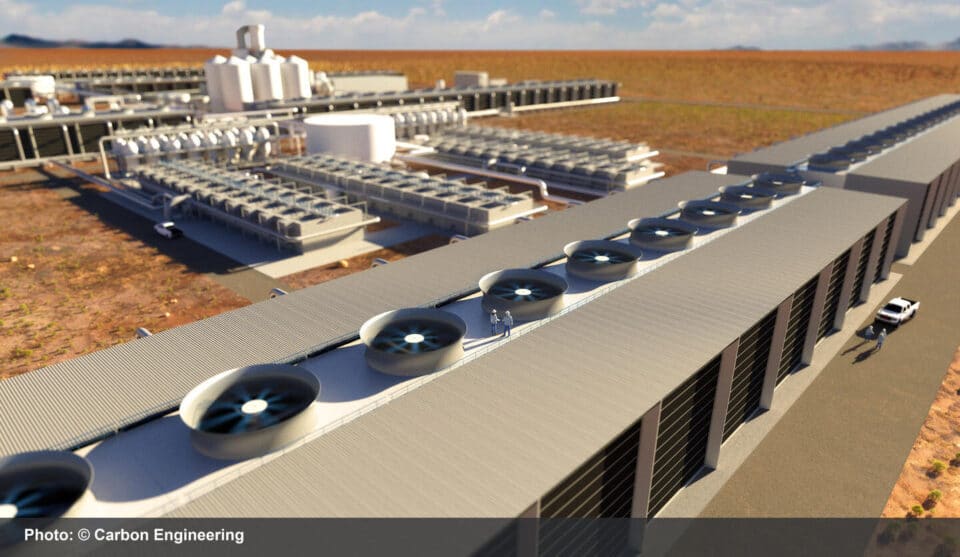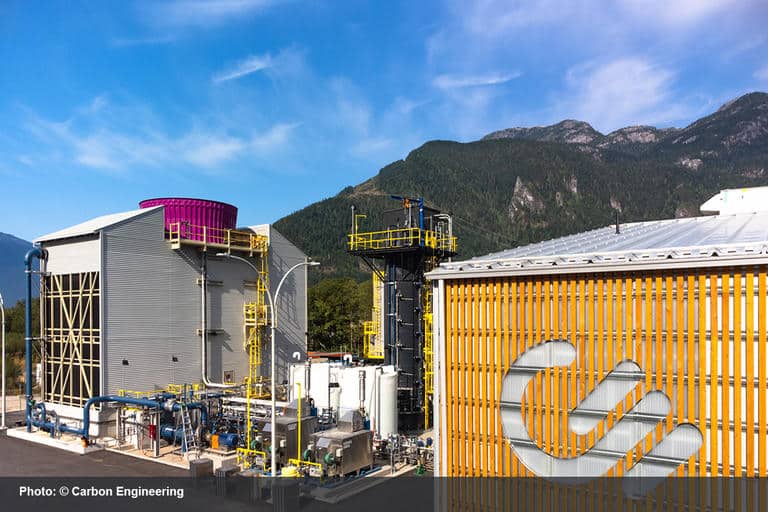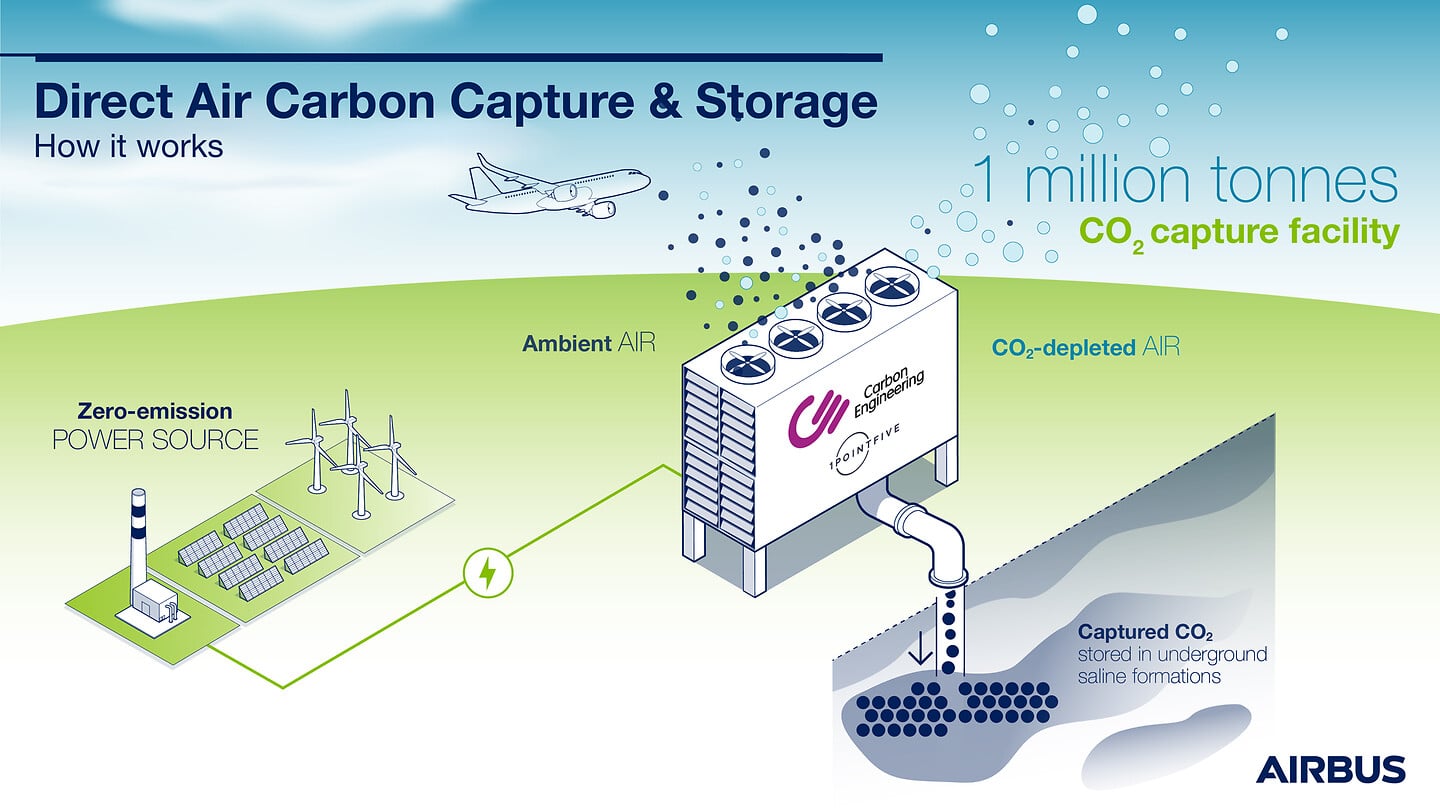Aerospace
Airbus and Seven airlines have signed letters of intent to look into aviation carbon removal systems.
Seven airlines have joined the airbus company’s effort to reduce the amount of carbon in the environment. The initiative will lower the carbon footprint and utilise the leftover energy for various uses. #Airbus #CO2 #carbon-remove

Letters of Intent (LoI) have been signed by Airbus and several significant airlines, including Air Canada, Air France-KLM, easyJet, International Airlines Group, LATAM Airlines Group, Lufthansa Group, and Virgin Atlantic, to investigate the possibility of a future supply of carbon removal credits from direct air carbon capture technology.
A high-potential technique called Direct Air Carbon Capture and Storage (DACCS) filters and removes CO2 emissions directly from the air using powerful fans. The CO2 is safely and permanently stored in geologic reservoirs after being taken out of the atmosphere. A direct air carbon capture and storage solution would enable the aviation industry to recover the same amount of emissions from its activities directly from the atmosphere since the sector is unable to capture CO2 emissions emitted into the sky at source.
- DACCS: how it works
What many people might consider science fiction is quickly becoming reality. A number of sectors could be able to reach their net-zero carbon emissions goals with the aid of Direct Air Carbon Capture and Storage (DACCS), which captures CO2 caused by human activity straight from the atmosphere. It is emerging as a possible complementary solution to sustainable aviation fuel and hydrogen for hard-to-abate industries like aviation.
This is a direct air capture facility through which hundreds of tonnes of carbon are being drawn in from the air. Here, in the year 2030 and in the heart of the Lone Star state, this spectacular creation is now a key bastion in the fight against climate change and the world’s transition to a net-zero energy system.
- Used to create fuels like Power-to-Liquid through a complementary process called AIR TO FUELSTM.
A direct air capture facility, or DAC for short, functions like a massive, extremely effective tree by sucking air from the environment and removing any CO2 that is present in it. There will probably be dozens of them all around the world in 2030. But moving forward to the present, this technology is still in its infancy.
To remedy this, Carbon Engineering is working. At its pilot facility in Squamish, Canada, the Canadian company developed a direct air capture technology, and it is now aiming for widespread adoption. These facilities are being developed on a megaton scale both in the US and other countries by 1PointFive, Carbon Engineering’s licenced US partner. The Permian Basin’s DAC project, which is scheduled to start operating in 2024, will eventually be able to capture up to a million tonnes of CO2 annually. This essentially equates to the labour or capacity for absorption of 40 million trees.
The pure CO2 that has been gathered can then be either stored underground or used to create fuels like Power-to-Liquid through a complementary process called AIR TO FUELSTM. In the former, sometimes referred to as carbon storage or sequestration, CO2 is injected into salt deposits more than a kilometre below the surface of the planet. Therefore, CO2 is securely and permanently deposited underground.
-
Introducing scalable, affordable carbon removal technologies for aircraft.
The aviation sector adopted the long-term climate goal of having net-zero carbon emissions by 2050 in October 2021. To accomplish this, a variety of decarbonization strategies, including technological advancements in aircraft design, new fuels like hydrogen and SAF, efficiency gains in airport operations and air traffic management, and market-based measures, have all been identified. However, they won’t be enough on their own to bring aviation’s CO2 emissions down to the necessary levels.
The Intergovernmental Panel on Climate Change (IPCC) claims that extracting CO2 from the atmosphere will also be required if the world is to reach net zero emissions by 2050. Additionally, direct air capture is necessary because hard-to-reduce industry like aviation cannot remove their pollutants at the source.
To provide carbon reductions via direct air capture technology to the aviation industry, Airbus has teamed with 1PointFive. In fact, as part of an initial offtake, Airbus has pre-purchased 100,000 tonnes of carbon reductions annually from 1PointFive for four years, totaling 400,000 tonnes.
In order to promote direct air capture as a crucial method of reaching the industry’s net-zero target, several airlines have expressed interest in working with Airbus in this area. Partnerships like these, which bring together important stakeholders from both inside and outside the industry, will be crucial to bringing climate-neutral air travel ever closer to reality as the aviation sector continues to improve its course towards net zero.

Aerospace
Boeing Transfers Rocket Stage to NASA, Paving Way for Human Moon Mission

Boeing has achieved a significant milestone by providing NASA with the second core stage of the Space Launch System (SLS) rocket.
This crucial component, crafted at NASA’s Michoud Assembly Facility (MAF), is set to propel the Artemis II crew into lunar orbit, marking humanity’s return to deep space after a 50-year hiatus.
The monumental Boeing-built rocket stage, the largest element of the Artemis II mission, will embark on a journey aboard the Pegasus barge, traveling 900 miles to NASA’s Kennedy Space Center.
Comparison of two legendary aircraft B777x vs B747 aircraft:Click here
Upon arrival, it will be meticulously integrated with other essential Artemis II components, including the upper stage, solid rocket boosters, and NASA’s Orion spacecraft within the iconic Vehicle Assembly Building. This intricate integration process is a vital step toward the eagerly anticipated Artemis II launch, slated for 2025.
“Boeing-built products helped land humankind on the moon in 1969, and we’re proud to continue that legacy through the Artemis generation,” remarked Dave Dutcher, vice president and program manager for Boeing’s SLS program. “Together, with NASA and our industry partners and suppliers, we are building the world’s most capable rocket and paving the way to deep space through America’s rocket factory in New Orleans.”
NASA, Lockheed Martin Reveal X-59 Quiet Supersonic Aircraft:Click here
The delivery of Core Stage 2 marks a significant achievement in the evolution of the SLS rocket. Towering over 200 feet and powered by four RS-25 engines, this core stage, coupled with two solid-fueled booster rockets, will generate a staggering 8.8 million pounds of thrust. This immense power is crucial to launching Artemis II and future missions into the vast expanse of space.
The SLS rocket stands unparalleled in its capability to transport both crew and substantial cargo to the moon and beyond in a single launch. Its extraordinary capacity will facilitate the delivery of human-rated spacecraft, habitats, and scientific missions to destinations including the moon and Mars, ushering in a new era of space exploration.
-

 Travel1 week ago
Travel1 week agoAir India to Expand US Operations with Three New Routes After a Decade
-

 Travel2 weeks ago
Travel2 weeks agoWhy We Should Avoid These Stamps in a Passport
-

 Airlines1 month ago
Airlines1 month agoInvestigations Reveal Fake Chinese Titanium in Boeing and Airbus Jets
-

 Tech4 weeks ago
Tech4 weeks agoChina’s CATL Plans 1,800-Mile Electric Plane Launch by 2027
-

 Airport3 days ago
Airport3 days agoTop 10 Largest Airports in the World by Size
-

 Aerospace4 weeks ago
Aerospace4 weeks agoChina’s Fighter Jets Turn Wings into Autonomous Drones
-

 Airlines4 days ago
Airlines4 days agoAir India Rolls Out A350s for Delhi-New York JFK and Newark Routes
-

 Defence3 weeks ago
Defence3 weeks agoBoeing Enhances Chinook with New Engines and Block II Upgrades at $96 Million









